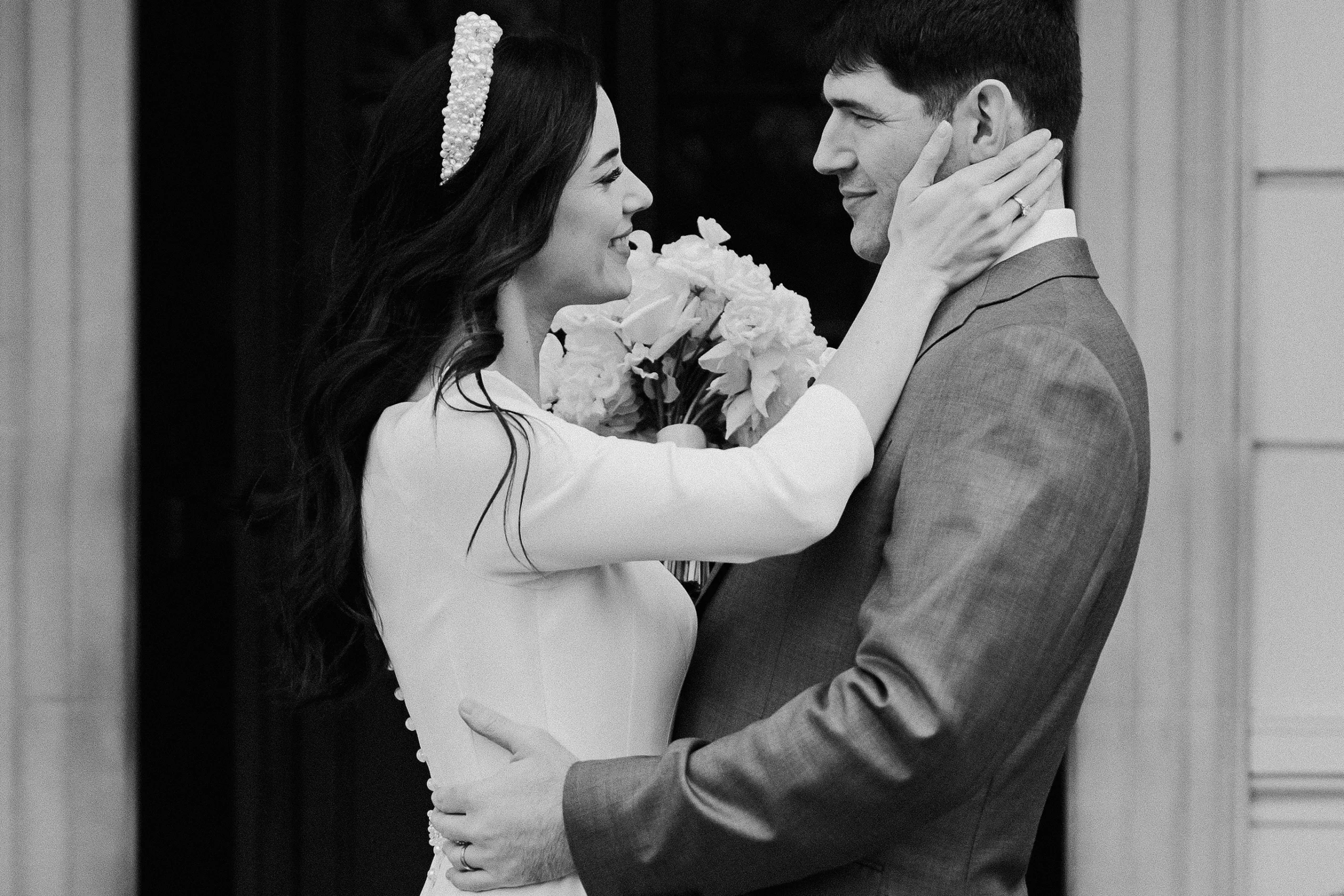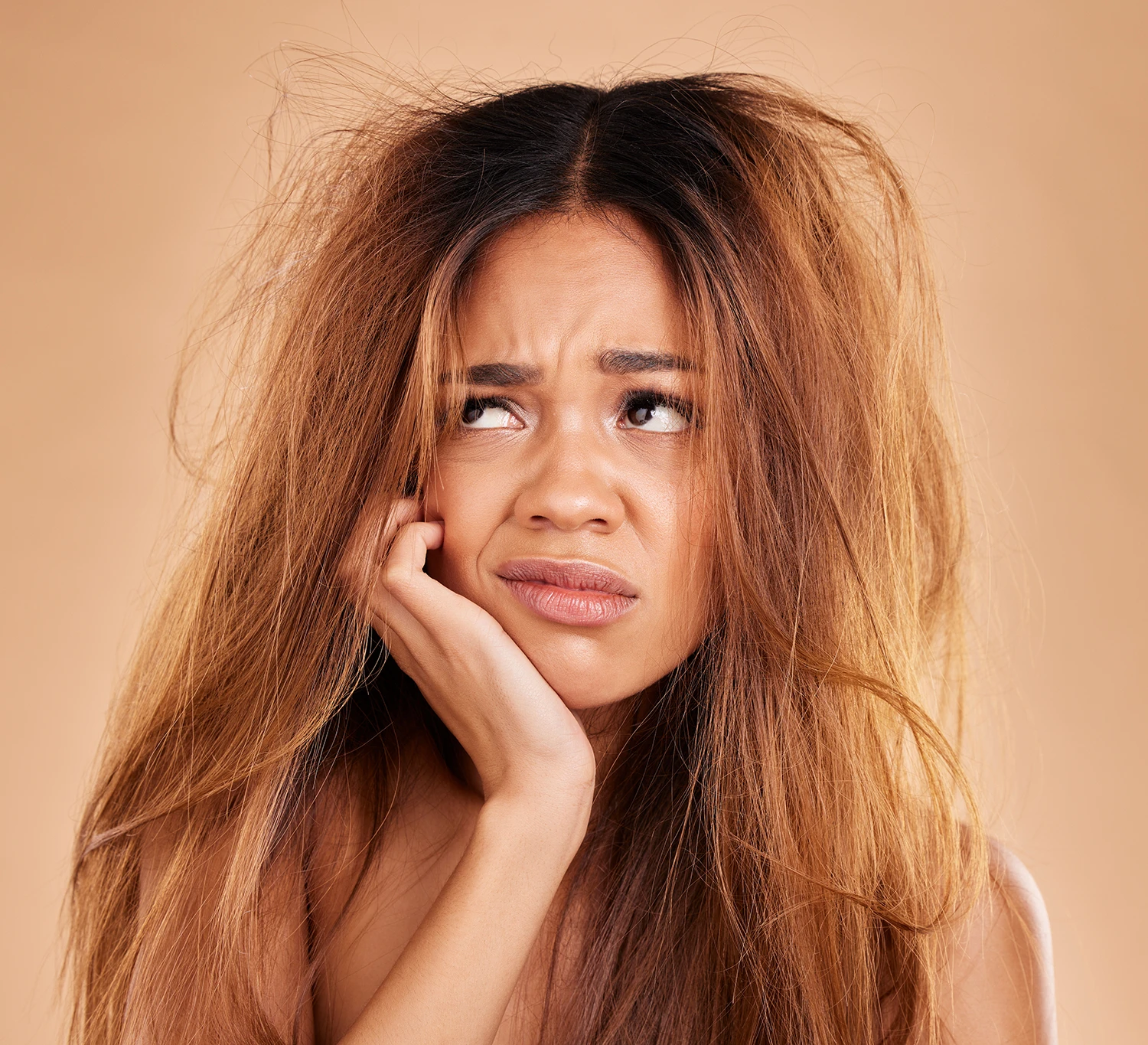Hair colour during pregnancy sparks plenty of curiosity around hair care, from managing postpartum hair loss to ensuring the safety of hair colouring. One of the most common questions we get is whether colouring during pregnancy poses any risk to the developing baby, and if there are safer alternatives or recommended practices.
This question is very common, as everyone wants to look and feel their best while also ensuring the health of their baby. We dove into the latest research to uncover the facts, giving you a balanced view of what’s safe, what to avoid, and how to navigate hair colouring during this transformative time.
It is advised to consult with a healthcare provider such as your midwife or local doctors about the ingredients in hair dye before application to ensure safety for both mother and baby.
Keep reading to discover what science and stylists say about colouring your hair while pregnant and learn tips to help you make the best choice for you and your little one.
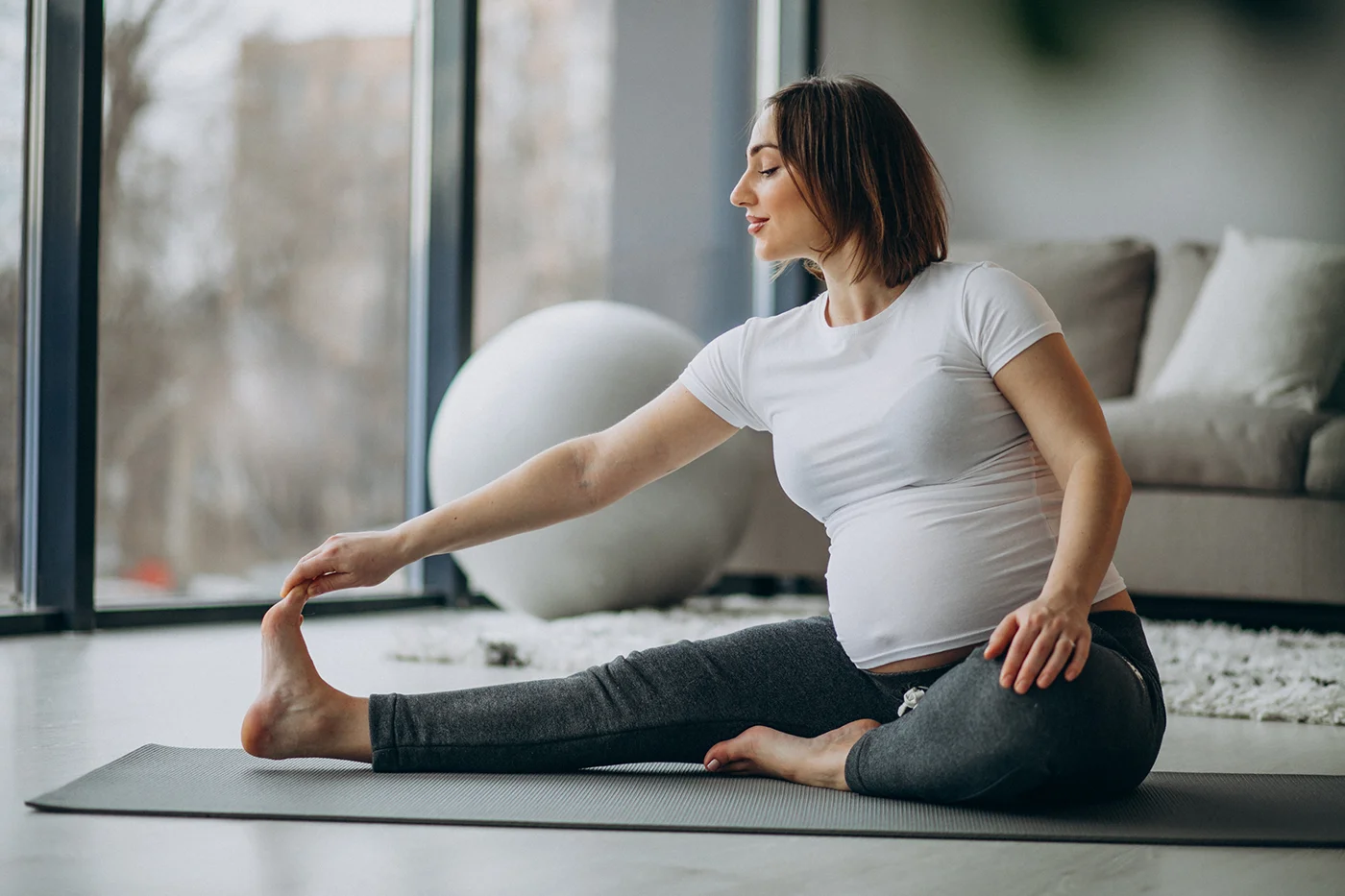
Can I get my hair coloured during pregnancy?
The short answer is yes; you can colour your hair during pregnancy. However, after doing some research, the NHS recommend waiting until after the first trimester (around 12 weeks) before colouring your hair to minimalise any potential risks.
The first trimester is a vital part of the fetus’ development as in this stage the baby is starting to develop its organs and vocal cords. As there has been little to no research done on the effect of dying your hair during pregnancy, it is recommended to speak to your doctor or midwife about dyeing your hair to avoid any potential risk to the fetus.
As you will experience hormonal changes during pregnancy, your skin can become more sensitive, increasing the likelihood of reactions to hair dye chemicals. To minimise risks, it is advisable to use products that are ammonia-free, PPD-free, and paraben-free. This brings us to the next question…
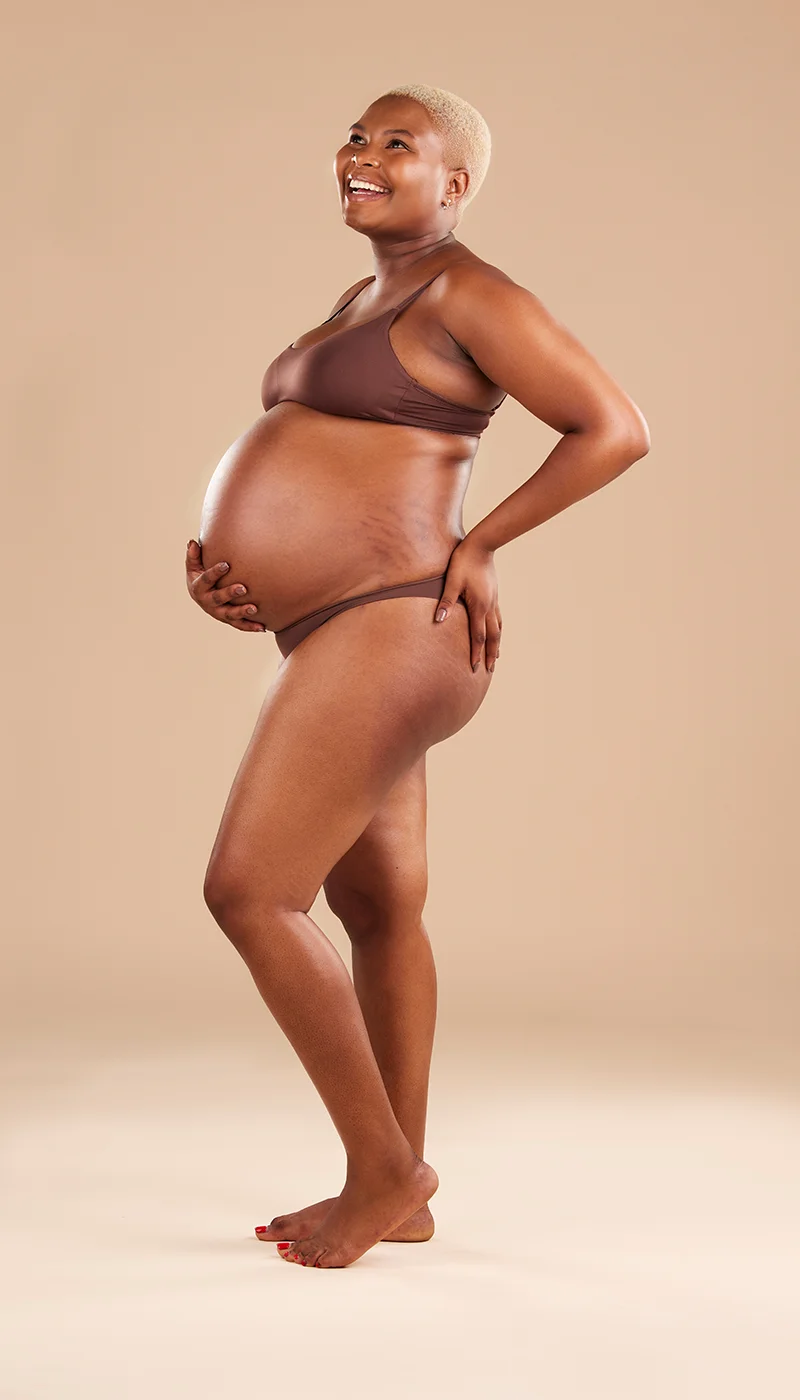
What are safe alternatives to colour my hair?
Both permanent and semi permanent hair dye contain chemicals. Semi-permanent hair colour is safer to use when pregnant as there is less of a risk for your scalp to absorb the chemicals and travel to the fetus. These are some safe alternatives we recommend to use whilst pregnant:
Organic based dyes
Some brands promote their products as 100% “natural” or “organic”. This is never the case. In reality, some products that are free from ammonia, peroxide and parabens are around 90% derived from organic ingredients. Always make sure you check the ingredients list before buying any products that are labeled as “natural” or “organic”.
Highlights or Balayage
These techniques apply colour to the strands without touching the scalp, minimising skin absorption of chemicals. Opt for foil-based highlights to prevent the dye from making contact with your scalp.
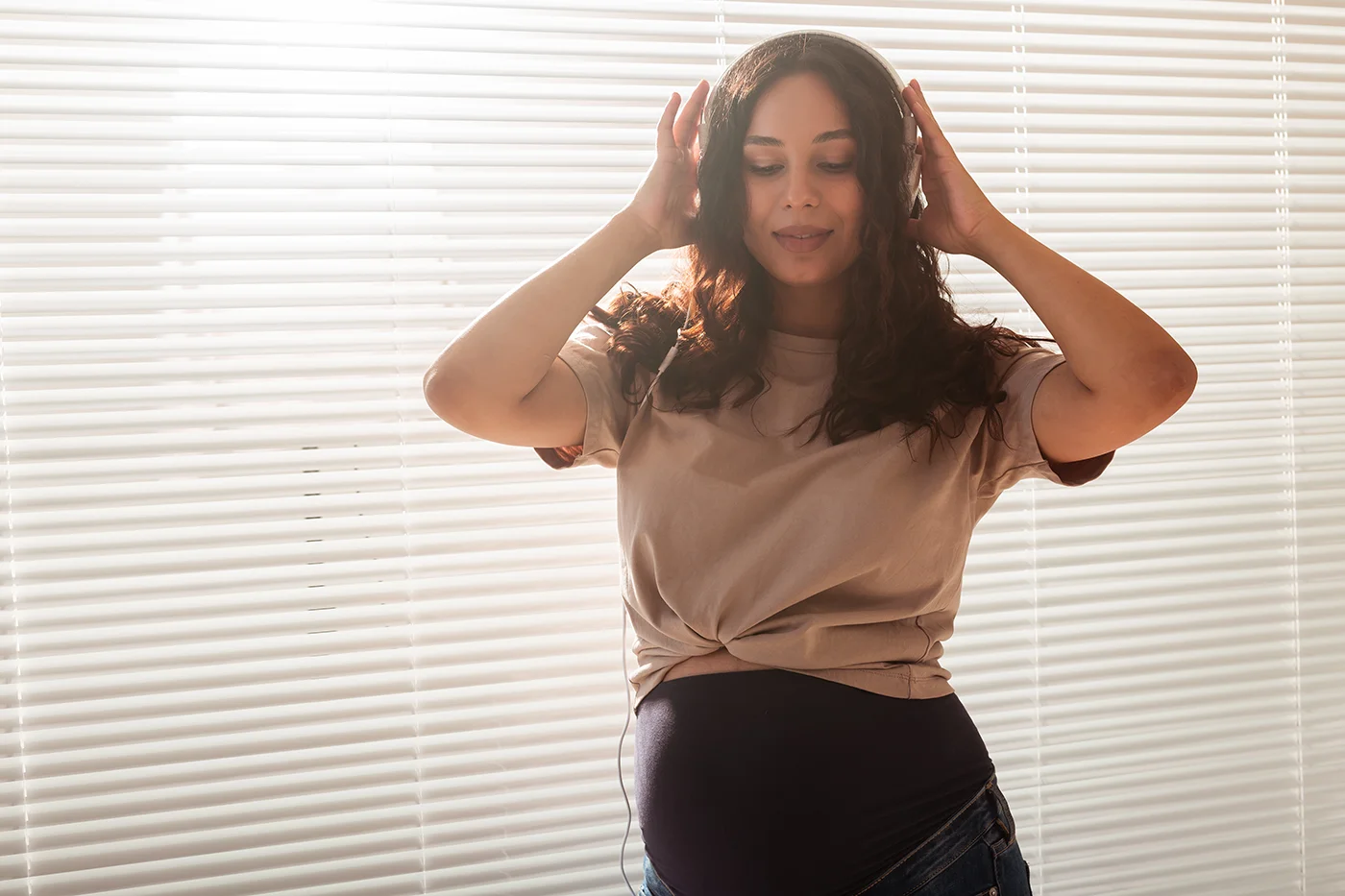
What are the benefits of using hair gloss or semi permanent hair dye over permanent hair dye during pregnancy?
Reduced Exposure to Chemicals
Using hair gloss and semi-permanent hair dyes contain less chemicals than permanent hair dyes. Temporary hair dye is designed to coat the outside of the hair shaft rather than penetrating it.
Many hair gloss and semi permanent hair dyes do not contain Ammonia and Peroxide. This can ease the concerns regarding the safety of using hair dye during pregnancy as there are less harmful chemicals in the dye.
Hair Gloss
Hair gloss adds a layer of shine and smoothness. Even though hair gloss usually lasts up to 8 washes, it is the perfect way to maintain your hair whilst pregnant. Hair gloss can often be applied away from the scalp, further minimising the risk of chemical absorption, which is a common concern during pregnancy.
Semi-permanent Hair Colour
Semi-permanent dyes condition the hair, improving the texture and reducing fizz, perfect for maintaining the appearance and health of your hair during pregnancy. Another reason why semi-permanent hair dyes are more beneficial to use over permanent is they can gently blend grey hair without the strong chemicals found in permanent dyes, offering a softer and more natural look.
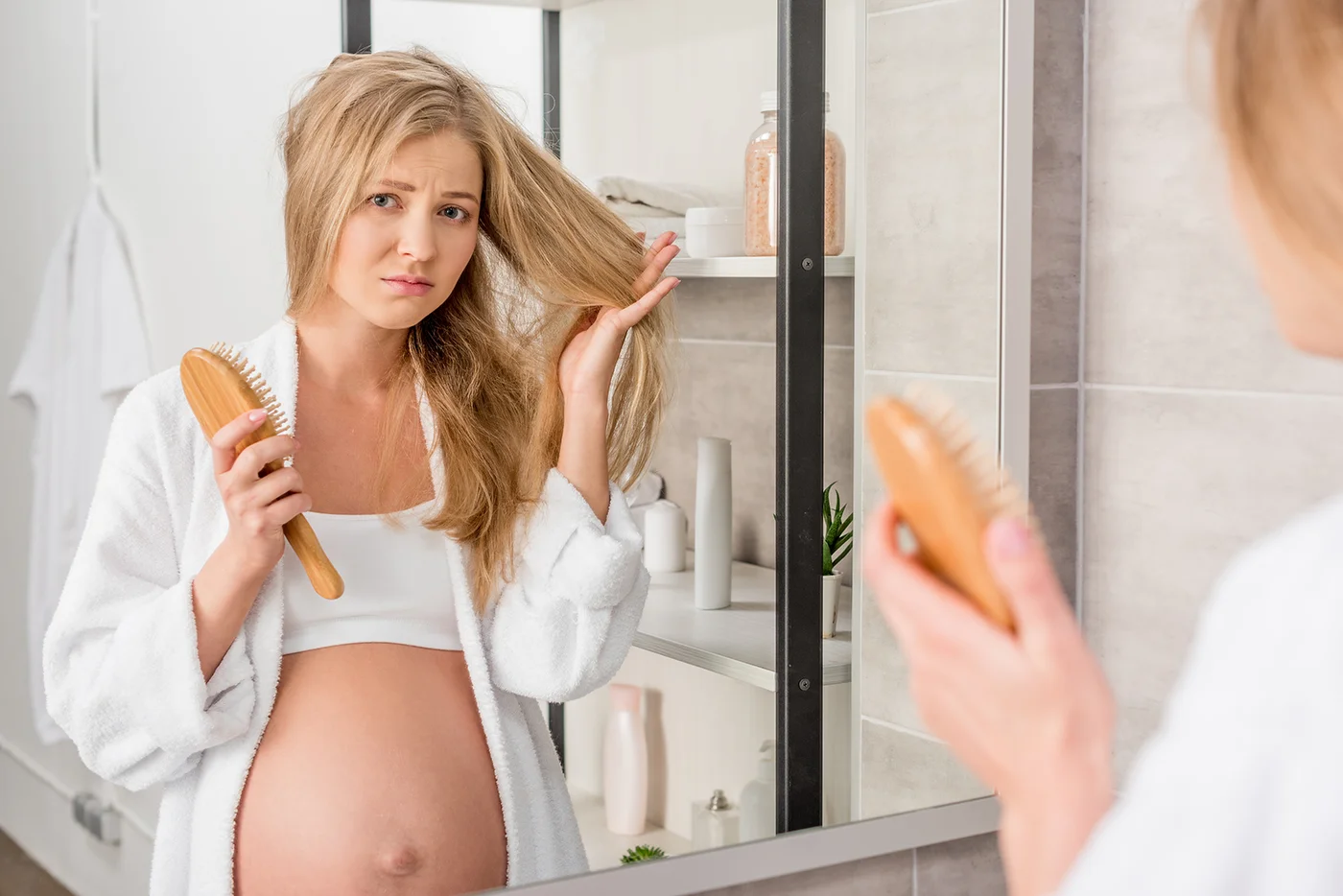
How do I take care of my coloured hair during pregnancy?
Here is a list of the key ways to maintain your coloured hair healthily during pregnancy:
- Colour-safe hair care products: This is to protect both hair vibrancy and overall health of your hair.
- Right products: Washing your hair with the right products specific to your hair type and hair colour is very important to ensure your microbiome and scalp remains healthy. It is also very very important to ensure you use heat protector when styling your hair.
- Balanced diet: Keeping a balanced diet and drinking plenty of water will improve the health of not just your body but your hair as well. Many people do not know that the nutrients from your diet will improve the health of your hair which is why it is very important to limit keep a balanced diet and drink plenty of water.
- Consulting a healthcare provider: It is important to follow specific aftercare instruction given by your hairdresser or a healthcare provider to ensure the safety of both the mother and the developing baby while maintaining coloured hair.
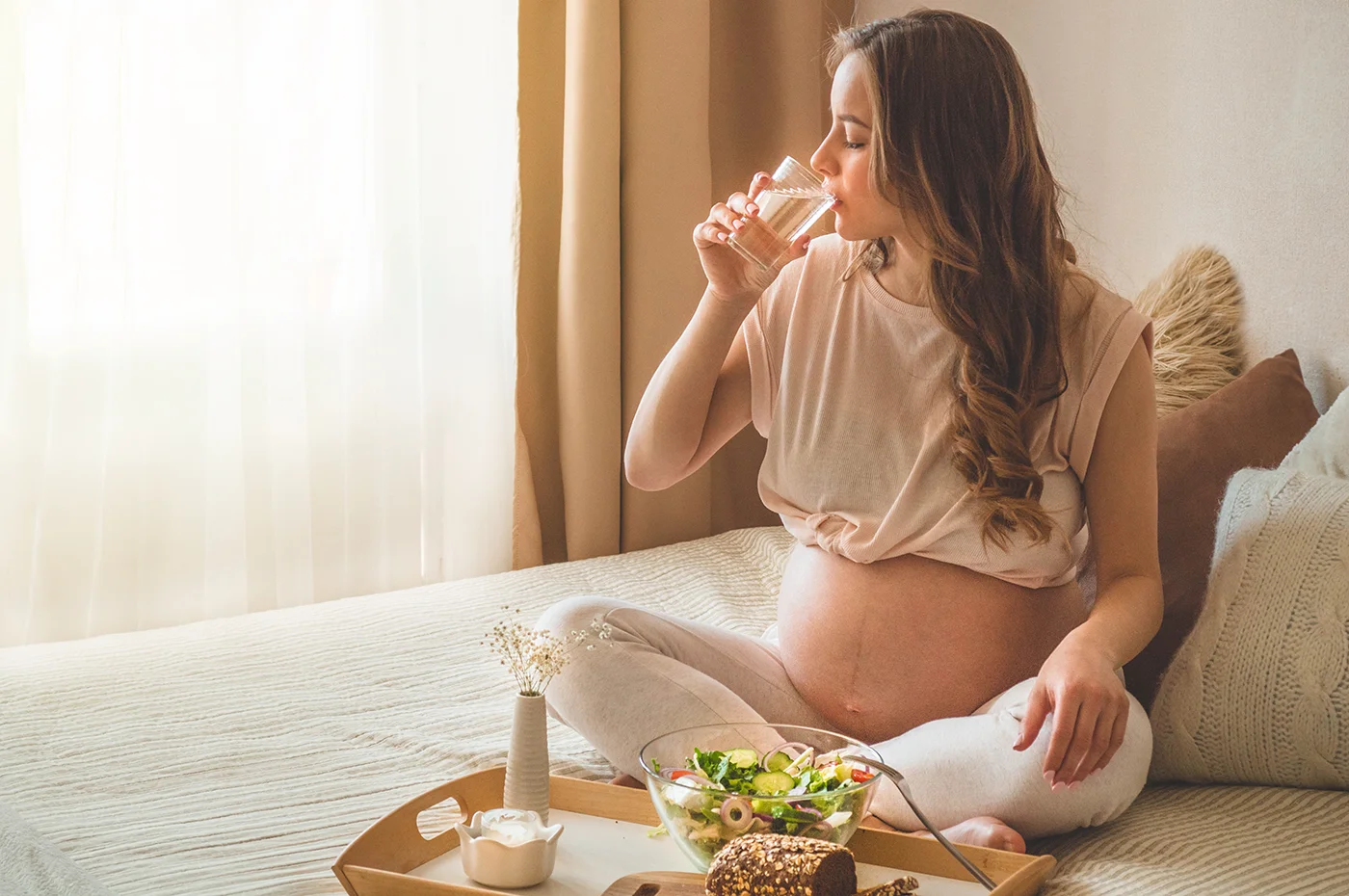
Professional vs. at-home dyeing: What’s safer?
Short answer, professional hair dying is a lot safer than dying your hair at home. This is why:
You hair stylist knows your formula, the perfect product for you and have the skills to properly apply the dye. At Izabella Bordignon, we have the best and most recommended products in order to give our clients the best result.
At Izabella Bordignon, we apply hair dye safely and effectively. This way, it reduces the risk of errors or adverse reactions during the dyeing process. We use the best, most recommend products from our shampoos to our hair dyes, which we know contain not as harsh chemicals as box dyes. This ensures the safety of our clients and reduce any reaction someone might have to hair dye.
Many people opt for at home hair dying because, it is less time consuming, cheaper and they can dye their hair whenever they want. Even though it is technically safe to dye your hair at home, it is always much better for the health of your hair to have it dyed in the salon. When using box dyes, there are more chemicals compared to salon products which can increase your exposure to harsh chemicals

How can I disguise my roots without dying my hair?
There are few ways of covering your greys without being exposed to harsh chemicals and here are some that we highly recommend:
One way to disguise roots without dying your hair is to part your hair in a zigzag and have lighter pieces painted through the ends, minimising contact with the scalp.
Using a root touch-up stick or a root spray which is an easy and effective method for covering dark or grey roots without the need for full dyeing.
Why is it recommended I wait until after pregnancy to dye my hair?
Chemical Exposure:
There are chemicals in hair dye like ammonia and peroxide where they can potentially be absorbed through the scalp in small amounts. If you are planning to dye your hair during the first trimester, there may be some impact on the fetus as this is a very important time for the baby’s development. Many women have also developed allergies or had their allergies worsen. Without knowing of your allergies, this can spark allergic reactions and can harm yourself and the fetus
Fumes and Inhalation:
A lot of hair dyes release very strong and potent fumes. Having a long exposure to these fumes in poorly ventilated spaces could potentially harm the mother or cause stress which also affects the fetus.
Limited Research:
There has been little to no research specifically done on whether the fact hair dye can harm the fetus or the mother during pregnancy. This is why many doctors, nurses and midwives recommend dying your hair after the pregnancy.
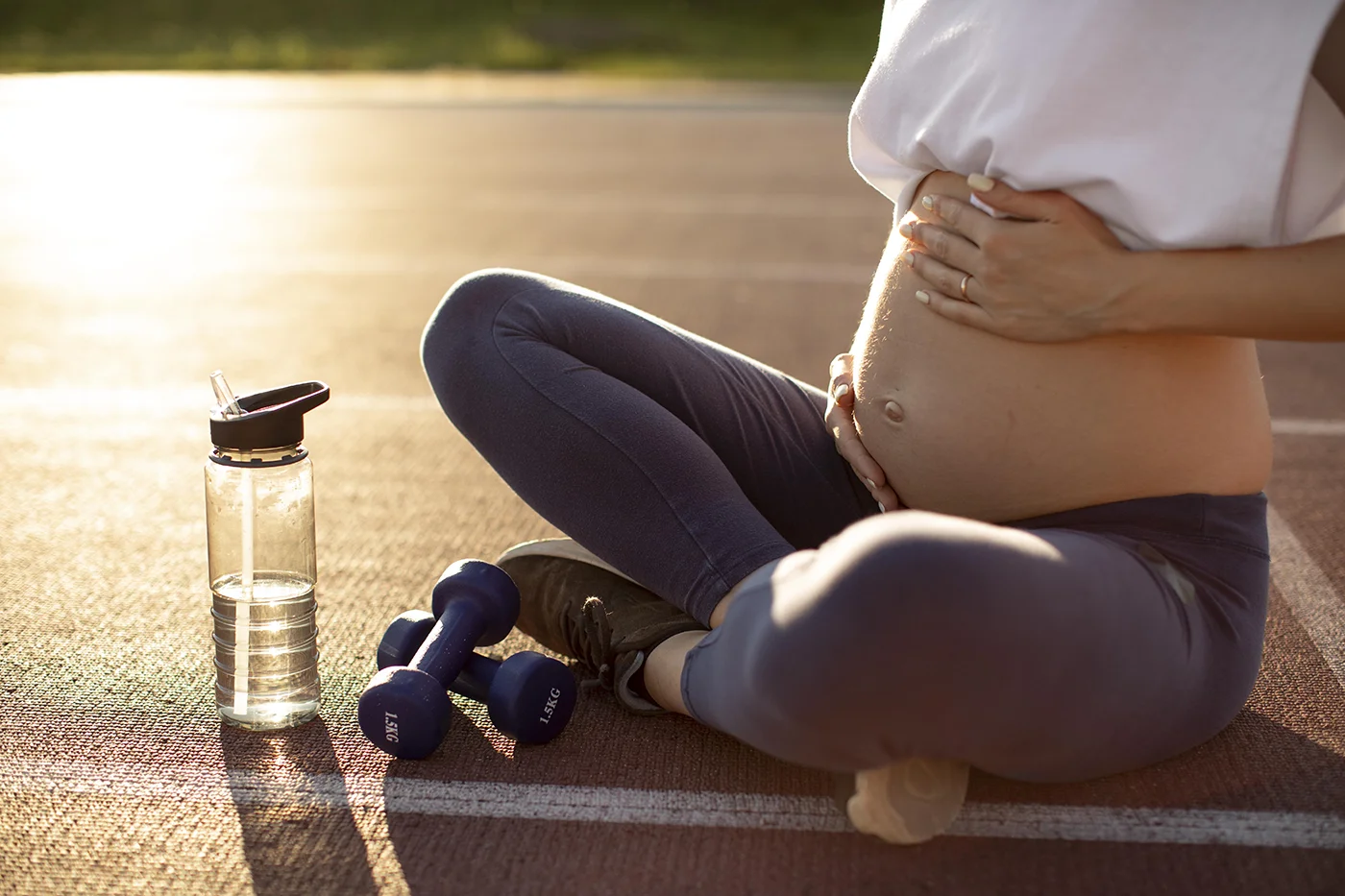
Can you bleach your hair while pregnant?
Bleaching is generally considered as safe as dyeing when done correctly, but waiting until after the first trimester is recommended for added safety. It’s crucial to bleach hair in a well-ventilated area to minimise inhaling fumes and to wear gloves to protect your skin. While bleach can penetrate the skin, it’s typically not to a degree considered harmful.
However, prolonged exposure to bleach on the scalp may cause irritation, as pregnancy can make the skin more sensitive. Many hairstylists note that hormonal changes during pregnancy may also affect how hair responds to colouring treatments.
Can I colour my hair while breastfeeding?
Dyeing hair while breastfeeding is generally considered unlikely to pose any increased risk to the baby, provided the same safety guidelines followed during pregnancy are adhered to. Using safer hair dyes that are ammonia- and peroxide-free is recommended during both pregnancy and breastfeeding, as chemicals from hair dye are absorbed into the bloodstream in minute amounts and are likely present in even smaller quantities in breast milk.
Doctors advise taking precautions, such as using a well-ventilated room and performing an allergy patch test prior to use. Additionally, previous instances where women have dyed their hair while giving their baby breast milk have not shown any known negative effects, supporting the safety of this practice.
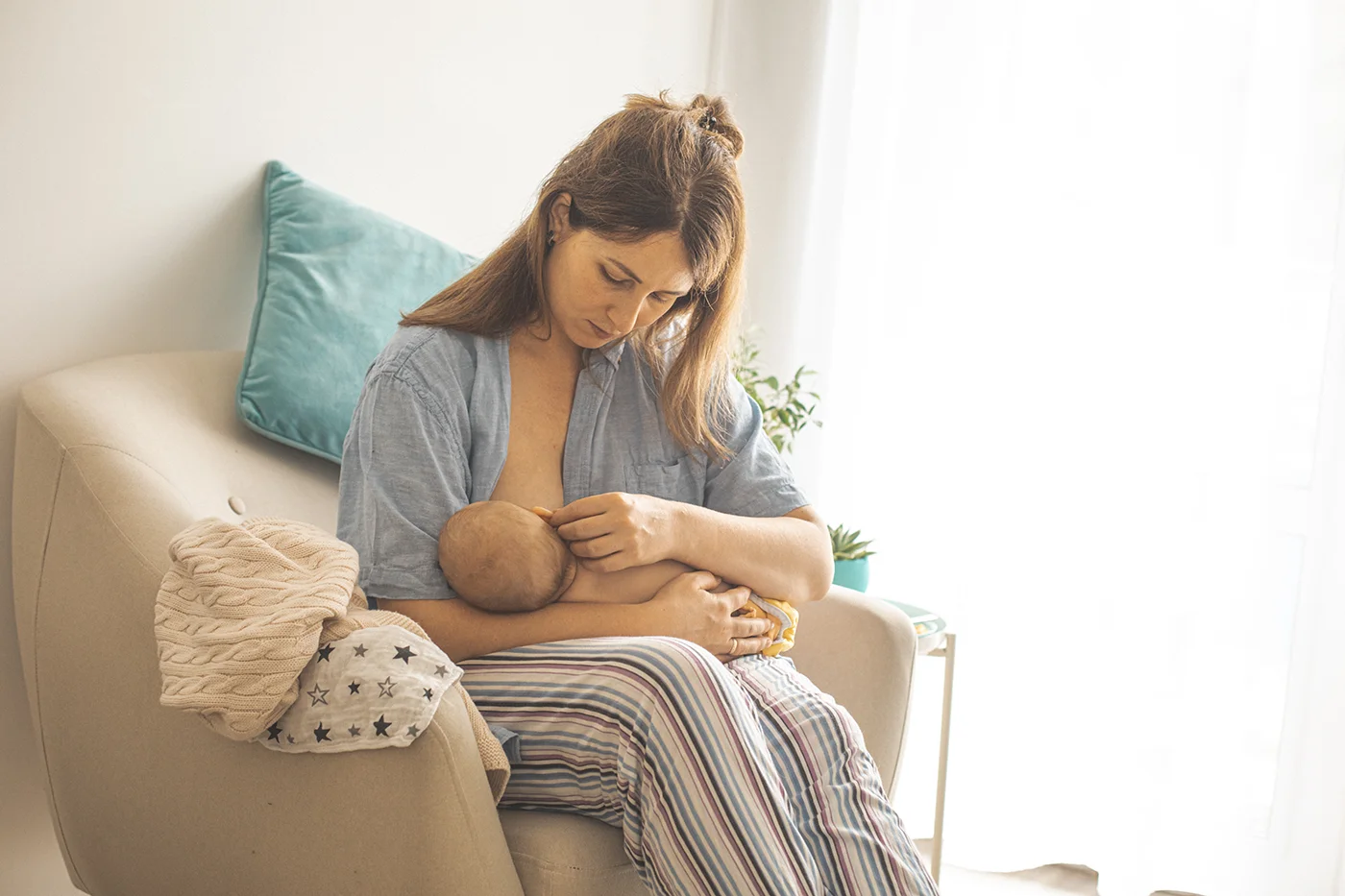
Tips for using hair colour during pregnancy
Waiting until the beginning of the second trimester is often recommended for mothers-to-be before dyeing their hair, as this period may reduce potential risks. It is crucial to inform your stylist about your pregnancy to ensure appropriate precautions are taken during the dyeing process. Opting for safer hair dye options, such as those that are ammonia- and peroxide-free, is advisable to minimise chemical exposure.
While the amount of hair dye chemicals absorbed into the bloodstream is minimal, exercising caution and consulting with healthcare providers if there are any concerns is essential. Experts generally consider dyeing hair after the first trimester to be safe, but allowing natural hair colour to grow out is also a practical option for expectant mothers..
Can I use the Colourstart patch test whilst pregnant?
The Colourstart patch test has not been tested for use in pregnancy. Pregnant women should not use Colourstart. If you are pregnant or think you might be pregnant or are planning to have a baby ask your doctor or pharmacist for advice before using Colourstart. You should not use Colourstart if you are breast-feeding your baby.
For more information, follow the link below to check out their website.
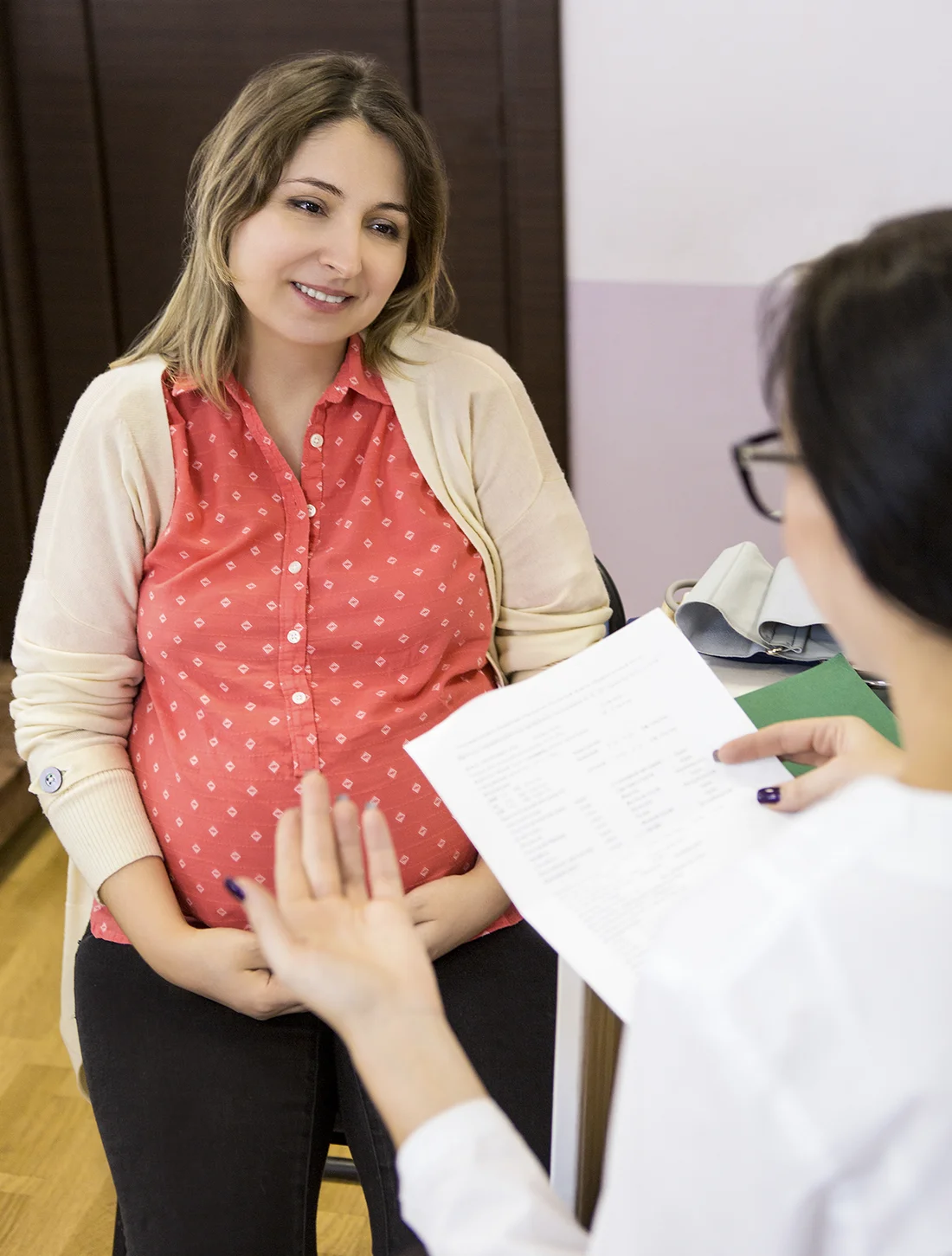
How does pregnancy affect my hair?
During pregnancy, many women notice their hair becoming thicker and growing faster due to elevated oestrogen levels, which prolong the hair’s growth phase. After childbirth, oestrogen levels drop significantly, causing many hairs to enter the resting phase simultaneously, leading to postpartum shedding. This condition, called telogen effluvium, is usually temporary, with hair returning to normal within a year. However, if hair loss persists, a consultation with a trichologist, like Izabella, may help address any underlying issues.
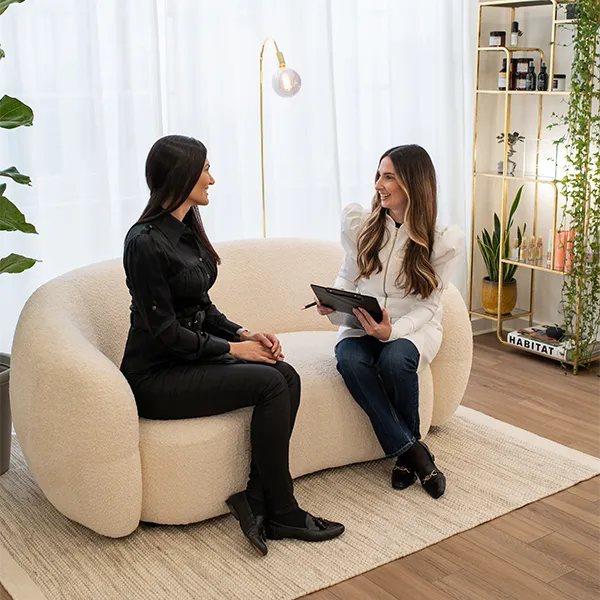
How can Izabella Bordignon London help with hair loss?
Izabella Bordignon London is a hair salon specialising in healthy hair as Izabella is a post-graduate in Trichology. Over the years of owning a business, Izabella has created a variety of treatments to help with several issues people may face with the health of their hair and scalp. From the initial consultation, Izabella will then create a treatment plan tailored specifically to you to tackle the problems you are facing.


